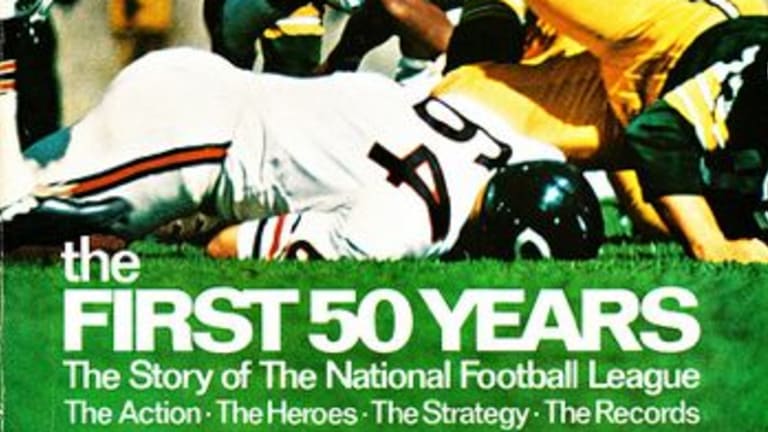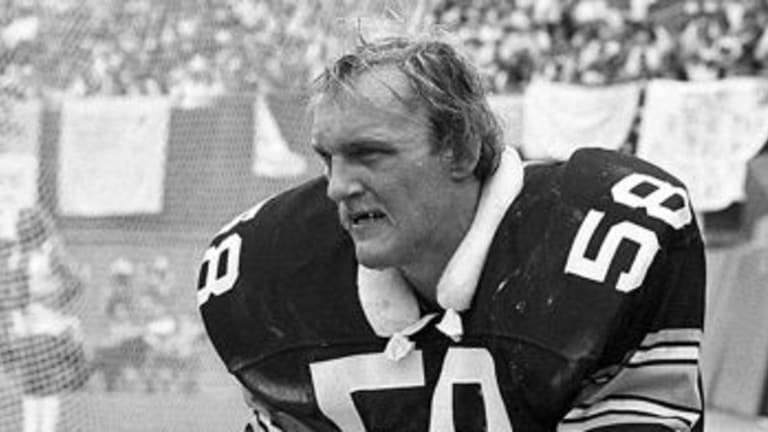There’s a dry quality to Thanksgiving, which may or may not start with the turkey you eat for dinner. While the first-day-of-Christmas shopping frenzy known as Black Friday has begun—outrageously—to creep over into Thursday night at the big chain stores, most other shops and restaurants remain shuttered and silent for the day. As far as I’m aware, there are no bright colors associated with Thanksgiving, no costumes or ghost stories or gifts or alcoholic drinks to brighten things up or help you pass the time. Even nature takes on a stark look. Where I live, in the Northeast, only a few leaves still cling to the tree branches.
All of which, of course, is why so many of us love the holiday. There’s nothing phony about it, there's less pressure, and there's less money spent—in fact, it’s the last day for more than a month when you won’t feel the pressure to spend money. The only trouble with Thanksgiving is that the one non-food-related convention that the nation upholds, dozing off to football games before dinner, is also a little dry. For some reason, the NFL has stuck with its tradition of having the Detroit Lions, one of its feeblest franchises, play in the afternoon, along with another game featuring the Dallas Cowboys, a glitzier team that has nonetheless managed to win just one playoff game in the last decade. Still, the games might not be momentous, but at least there’s football. Without it, the highlight of the afternoon might be a Vin Diesel marathon on TNT.
Two years ago, on a Thanksgiving visit to my parents’ house, I found a stack of sports books that I had loved as a kid. These were big, photo-driven coffee-table specials about baseball, tennis, boxing, the NBA, the Philadelphia Flyers, Sports Illustrated, the Olympics, as well as Arthur Ashe’s great history of the black athlete. Mostly pictures with short bits of text, they were my introductions to sportswriting and the traditions of these games. I would flip through them and linger over them for hours, on the floor in front of the TV, in my bedroom, in the car, at my grandparents' house. One would even come along when we made a 10-minute drive to a restaurant for dinner. Flipping through them three decades later, I had a vivid recollection of virtually every photo. I could also recall the awe that I felt while reading the names and the descriptions of the old players; the fact that I had never seen them play only added to their legendary status in my mind.
Among this stack was the softcover coffee table book I had lingered over the longest: The First 50 Years: The Story of the National Football League. In its pages I had read about all of the manly, semi-Godly heroes from before my time: Gale Sayers, Chuck Bednarik, Ray Nitschke, Don Hutson, Johnny Unitas, Jim Brown, Dick “Night Train” Lane. I even had favorite players from the past. Despite never seeing a clip of him in action, my all-time favorite player was 1950s Rams’ receiver Elroy “Crazy Legs” Hirsch. I’m guessing it had something to do with the nickname. At some point, though, I decided that I didn’t like Hirsch as much as his 1950s Rams teammate and fellow receiver Tom Fears, whom I also had never seen. I guess I was getting more sophisticated in my imaginary retrospective fandom. I wasn’t going to be taken in by a funny nickname anymore.
Opening the book again 30 years later, the first thing I noticed was that it was a more intellectual endeavor than I had realized at the time. The first page I flipped to had a quote from Marshall McLuhan’s War and Peace in the Global Village on it. The second had this line, from classics professor G.T.W Patrick: “The game acts as a sort of Aristotelian catharsis, purging our pent-up feelings and enabling us to return more placidly to the slow upward toiling of our lives.” Reading farther, it became clear that The First 50 Years, besides being a nice Christmas present for a 10-year-old sports maniac, was an attempt to make the case for football as an original American art form. The introduction states it plainly:
“For professional football is an art of its own, a thrilling art, an art against odds, The game is full of opportunities that showcase human daring and accomplishment, the powerful grace of modern dance put to a purpose against a background of impending pain. Accidents happen—a play goes wrong—developing combustible improvisations that galvanize the crowd and create instantaneous heroes.”
Having imbibed and internalized this type of writing, it must have been an easy leap for me to begin reading real sportswriting, which I began to do soon after I closed these photo books for good. Curry Kirkpatrick and Frank DeFord in Sports Illustrated, Roger Angell’s The Summer Game, George Plimpton’s Paper Lion, John McPhee’s Levels of the Game and Wimbledon: These books and writers all treated sports as an art, as something important enough to take seriously and think about, and they were all early favorites of mine. The First 50 Years seems to have been, without my knowing it, a place where the desire to write about sports was formed.
The second thing I noticed about the book was that it was published by the NFL. No author is listed. In place of a byline, there are these words: “Prepared and Produced by the Creative Services Division of the National Football League Properties, Inc.”
In other words, it was propaganda. The book's attempt to equate football with art was, on one level, an attempt to justify its brain-and-bone-crushing violence. Alongside the quotes from McLuhan and classics professors are lines like these from the players:

